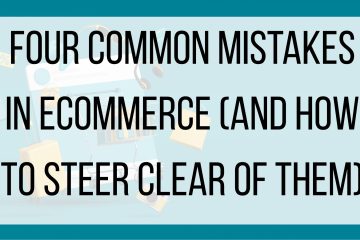How To Determine A Marketing Budget For Your Online Business
Right now many online businesses are starting to create their marketing budgets for the upcoming year. But, determining the amount of money that should be allocated to your budget can be a challenging process. It can be easy to spend too little on marketing, but it is also possible to spend entirely way too much.
The following are some ways to help you determine a marketing budget for your online business and spend it logically.
Percentage of Revenue
According to the U.S. Small Business Administration, it is recommended to “spend 7 to 8 percent of your gross revenue for marketing and advertising if you’re doing less than $5 million a year in sales and your net profit margin — after all expenses — is in the 10 percent to 12 percent range.” However, starting a business or introducing a new product is going to require more spending than an ongoing business. The exact percentage is often debated; but, businesses that are less than five years old should spend roughly 12-20%, while ones that are more than five years old should spend 6-12%.
Generally, this approach works best for businesses that have been operating for awhile. New businesses can use their projected revenue and base percentages off that estimate, but this can be risky. Another thing to keep in mind is that this approach can help determine your overall marketing budget, but it will not help determine how much you should spend on different tactics.
Return on Investment
Calculating ROI can help your business choose tactics, as well as give you a better understanding of how marketing campaigns impact your budget. ROI can also help you find ways to maximize your budget based on performance throughout the year.
Typically, using ROI for budgeting purposes works best with direct-response strategies like pay-per-click (PPS) and social media ads. But, it is also important to consider ROI in context because not all marketing tactics are designed to have the same goal or duration. For example, content marketing such as blog posts may not produce an immediate sale for your business. However, that blog post can build a lasting customer relationship and prepare the way for future revenue. So, in terms of ROI, you might consider other factors than just revenue (like site traffic and the average lifetime value of a customer).
When it comes to choosing marketing tactics, it’s important to look for ones that are useful to your customers, enhance the shopping experience, and rely on your business goals and objectives. Another approach to consider is determining your marketing budget by breaking down the costs of each tactic. You can then add all of the ones you decide to utilize and get the total cost per month and per year. Keep in mind, you will also need to ensure you can actually execute them.
As you move forward, you may discover that some marketing tactics are not working as well as you thought they would. Determining your budget and setting a specific plan makes it easier for you to allocate your resources, adapt quickly and introduce new changes to your overall strategy.



